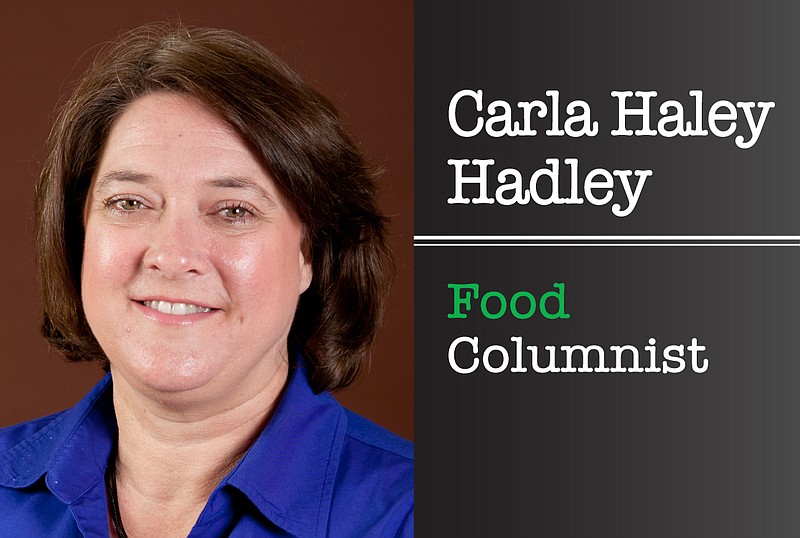You make a trip to the farmers market, purchase the most beautiful produce, take it home and then days later discover it's wilted or doesn't look as good as when you bought them. What has happened? Likely you didn't use proper storage of fresh fruits and vegetables. Some require refrigeration, some can ripen on the counter and all need to be washed, but at what point do you wash them? How do you know what to do?
Know the function of your refrigerator drawers. The crisper drawers should be used for optimal storage of most fruits and vegetables. Different fruits and vegetables require different temperature and humidity levels for proper storage. Most fresh fruits and vegetables keep best stored in a clean refrigerator at a temperature of 40 F or below. Use your refrigerator crisper drawer for whole produce.
Fruits should be stored in a separate refrigerator crisper drawer from vegetables. Fruits give off ethylene gas, which can shorten the storage life of vegetables. Plus, some vegetables give off odors that can be absorbed by fruits and affect their quality-think onions and garlic.
Refrigerate fruits and vegetables in perforated plastic bags to help maintain moisture yet provide air flow. These bags are available in most produce aisles, are green and have a slightly rough texture. Un-perforated plastic bags, the clear white ones, can lead to the growth of mold or bacteria. If you don't have access to food-grade, perforated bags, use a sharp object to make several small holes in a food-grade plastic bag (about 20 holes per medium-size bag).
There are some foods that taste best when stored at room temperature. These include uncut melons, onions, potatoes, sweet potatoes, tomatoes, and winter squashes. They should be stored in a clean, dry, well-ventilated place, away from direct sunlight and away from areas where meat, fish, and poultry are prepared. Avoid storing produce in a sealed plastic bag on your countertop. This slows ripening and may increase off-odors and decay from the accumulation of carbon dioxide and depletion of oxygen inside the bag.
If fruits and vegetables are placed on refrigerator shelves, store meats on pans or plates below the produce to prevent meat juices, which may contain harmful bacteria, from dripping on them. This is called cross contamination.
Probably one of the hardest rules to obey is to wash produce before you use it, NOT when you bring it home! Fresh produce has a natural protective coating that keeps in moisture and freshness. Washing produce before storage causes it to spoil faster.
When you are ready to use the produce, remove and discard outer leaves. Rinse under clean, running water. There is no need to use soap, detergent, or those fancy rinses. Rub briskly, scrubbing with a clean brush or hands, to clean the surface. Dry with a clean cloth or paper towel. Moisture left on fruits and vegetables helps bacteria grow. Cut away bruised and damaged areas.
Bacteria on the outside of produce can be transferred to the inside when they are cut or peeled. Rinse produce under cold running water, even when the peel is going to be removed, including melons and citrus fruits. Once you have cut through the protective skin of fruits and vegetables, bacteria can enter.
All fruits and vegetables, once cut, should be refrigerated, including melons. Don't forget to refrigerate cut or peeled fruits and vegetables within two hours, no exceptions. Fruits and vegetables can fall into the temperature danger zone also.
For a free storage chart for fruits and vegetables, contact the Miller County Extension Office, 870-779-3609 or visit us in room 215 at the Miller County Courthouse. We're online at [email protected], on Facebook at UAEXMillerCountyFCS/CarlaHaleyHadley, on Twitter @MillerCountyFCS or on the Web at uaex.edu/Miller.
Visit the farmers market and purchase your fresh potatoes and dill to make these wonderful new potatoes with garlic dill sauce. The potatoes are gently tossed in a dill-garlic sauce before serving. It takes only 10 minutes of prep time and will be on the table in less than 30 minutes.
New Potatoes
with Garlic Dill Sauce
8 medium red potatoes with skins on, washed well, and cubed
3 tablespoons margarine or butter, melted
1 tablespoon chopped fresh dill
2 teaspoons fresh minced garlic
1/4 teaspoon salt
Steam potatoes in a steamer basket for about 10 minutes, or until potatoes are fork tender. In a small bowl, stir together the margarine, dill, garlic and salt. Transfer the potatoes to a serving bowl, and pour the garlic dill sauce over them. Toss gently until they are well-coated. Serve warm or cold.
Carla Haley Hadley is a county extension agent, family and consumer sciences, with the Miller County Extension Service, part of the University of Arkansas Division of Agriculture.

